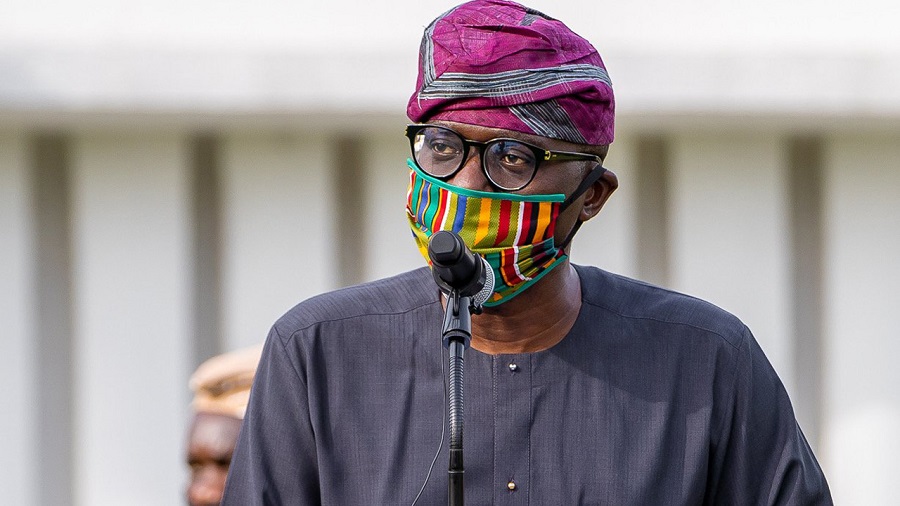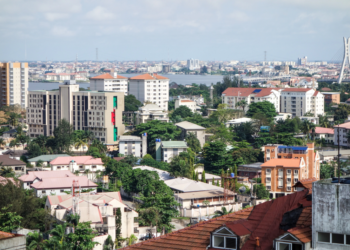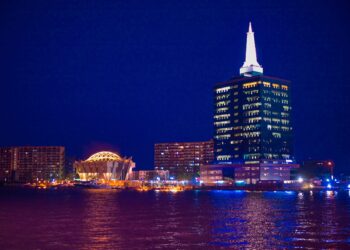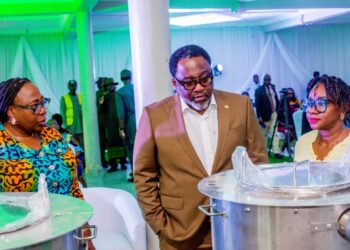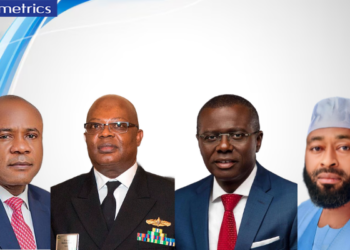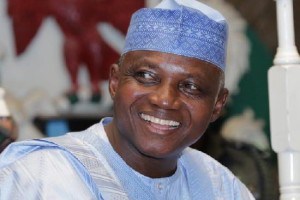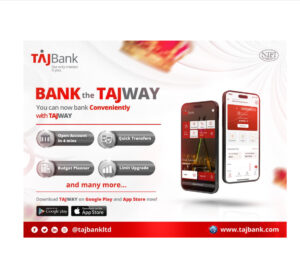Lagos State thrives as the economic backbone of Nigeria and with its GDP rivaling African nations, it is no surprise that what happens in Lagos, affects Nigeria in its entirety.
Following the impact of the COVID-19 pandemic, Lagos State had quite naturally reduced its expectations for the year 2020. From a proposed budget of N1.169 trillion, the State reviewed it downwards by 21% to N920.5 billion – out of which it was still able to attain an overall performance of 86%.
Total revenue alone was 93% of projections and this is despite the pandemic, the additional costs of the #EndSARS protests, as well as the other disruptions that followed. As the Lagos State Commissioner for Economic Planning & Budget, Sam Egube puts it, ‘excuses build bridges to nowhere.’
READ: Oyo State IGR increased by over 26% without increasing tax burden – Gov Makinde
That said, a 2021 budget of N1.163 trillion is nothing short of audacious, particularly considering the revisions made to last year’s projections. Signed into law by the Governor on 31st December 2020, it was prepared to first prioritize the completion of all on-going projects in the State and then to meet a series of objectives from employment creation, increased investment in human capital development, i.e. education and healthcare, deployment of functional technology in public services, amongst others.
While the budget succinctly themed, “Rekindled Hope” and the many proclamations of the T.H.E.M.E.S agenda are remarkable, revealing a desire to reach for more, there is ardent need to interrogate the sources that make up the budget, what they are projected to be used for, and the possible limitations between the lines.
READ: FG to create “Special Instruments” as part of plans to formalize its borrowing from CBN
Funding the budget and the debt quagmire
The total budget of N1.163 trillion is expected to be funded from a total revenue estimate of N971.028 billion, made up of Total Internally Generated Revenue (TIGR) of N723.817 billion, capital receipts at N71.811 billion, and federal transfers at N175.400 billion.
While the figures for Federal transfers and receipts are said to have been conservative, the breakdown assumes that a key part of the budget is expected to come from the State’s Internally Generated Revenue (IGR).
During the official budget speech, the Commissioner of the Lagos State Ministry of Economic Planning and Budget had explained that Lagos State Internal Revenue Service (LIRS) performance is expected to increase by 30% in 2021. On one hand, systems such as simpler collection systems are being tightened to boost revenue; on the other, more companies will remit taxes with many tax holidays from 2020 taken care of in the past year.
READ: FIRS hits 98% of target as it collects N4.95 trillion for 2020 fiscal year
They also expect to harness the huge revenue-generating opportunities in the State particularly in the real estate and transportation sectors while also leveraging data to uncover available opportunities. Following the 21% revision of the past year, particularly with many of the same challenges still at the fore, the assumptions for the projected revenue can really only be proven by their delivery.
The deficit of N192.494 billion is projected to be funded by a combination of both internal and external loans. Now, while borrowings of N192.5 billion compared to projected IGR of N723.8 billion is relatively fair as the State is projecting to internally generate almost 4 times of its proposed borrowings, the underlying debt challenge of the nation should naturally still cause a few raised eyebrows for the additional debt – even though it is projected to be used in its totality to fund capital projects. The ongoing instability in the FX market, as well as the increasing debt burden this will pose, are some of the main points of consideration with the budget deficit financing.
READ: PenCom boss queried for spending N5 billion on 380 staff in 8 months
Speaking at the “Facts-Behind-The-Figures Media Roundtable,” Commissioner for the Lagos State Ministry of Economic Planning and Budget, Sam Egbe explained that most of the loans taken will be in Naira in order to protect the State from FX risks as much as possible. The Commissioner of Finance, Dr. Rabiu Olowo, had also explained that the loans to be taken are well within fiscal sustainability levels.
He explained that “We cannot depend on our own internally generated revenue or the federal transfer that we get from the federal government if we want the kind of development that Lagos needs at this time. For this, there are two main benchmarks that we follow. We have the federal debt management office benchmark of 30% debt to revenue, and of course the World Bank benchmark which is 40%. We closed the year 2020 at 19.8% and for the year 2021. While we project about 22% debt to revenue ratio, we are still within both benchmarks.”
The deficit financing of N192.5 billion is proposed to be raised through local capital market bonds of N100 billion, external loans of about N55 billion, and internal loans of about 37.5 billion.
Priority sectorial allocation
The total expenditure for the year 2021 is broken down into capital and recurrent expenditure at N702.9335 billion and N460.587 billion respectively, a ratio of 60:40. While there could be arguments as to the sustainability of the allocations given the infrastructural gap in the State, there are a few extra-budgetary strategies for funding projects that the government put in place to bridge the gaps.
Some of them include Private Sector Infrastructural partnerships, bespoke financing terms, and structured (also PPP) critical infrastructure as used for the blue and red rail as well as the metro broadband fibre ring. The argument is that the State can deliver more than can be captured in the budget.
The allocation breakdown for the total N1.163 billion based on the Classification of Functions of Government (COFOG) also reveals an upward increase in Economic affairs (consisting of Agriculture, Commerce, Tourism, Art & Culture, Energy and Mineral Resources, Transportation, Infrastructure and Waterfront) from 26.55% of the budget in 2020 allocation to 29.35% at N341.4 billion in 2021.
This implies that opportunities could exist in these areas for Lagosians and international investors willing to produce the value the State requires to meet its objectives. While the sectorial allocation isn’t bereft of limitations as indeed it really cannot solve all the problems at the same time, major considerations should be around its successful implementation and the government’s continued transparency to Lagosians in economic happenings.

